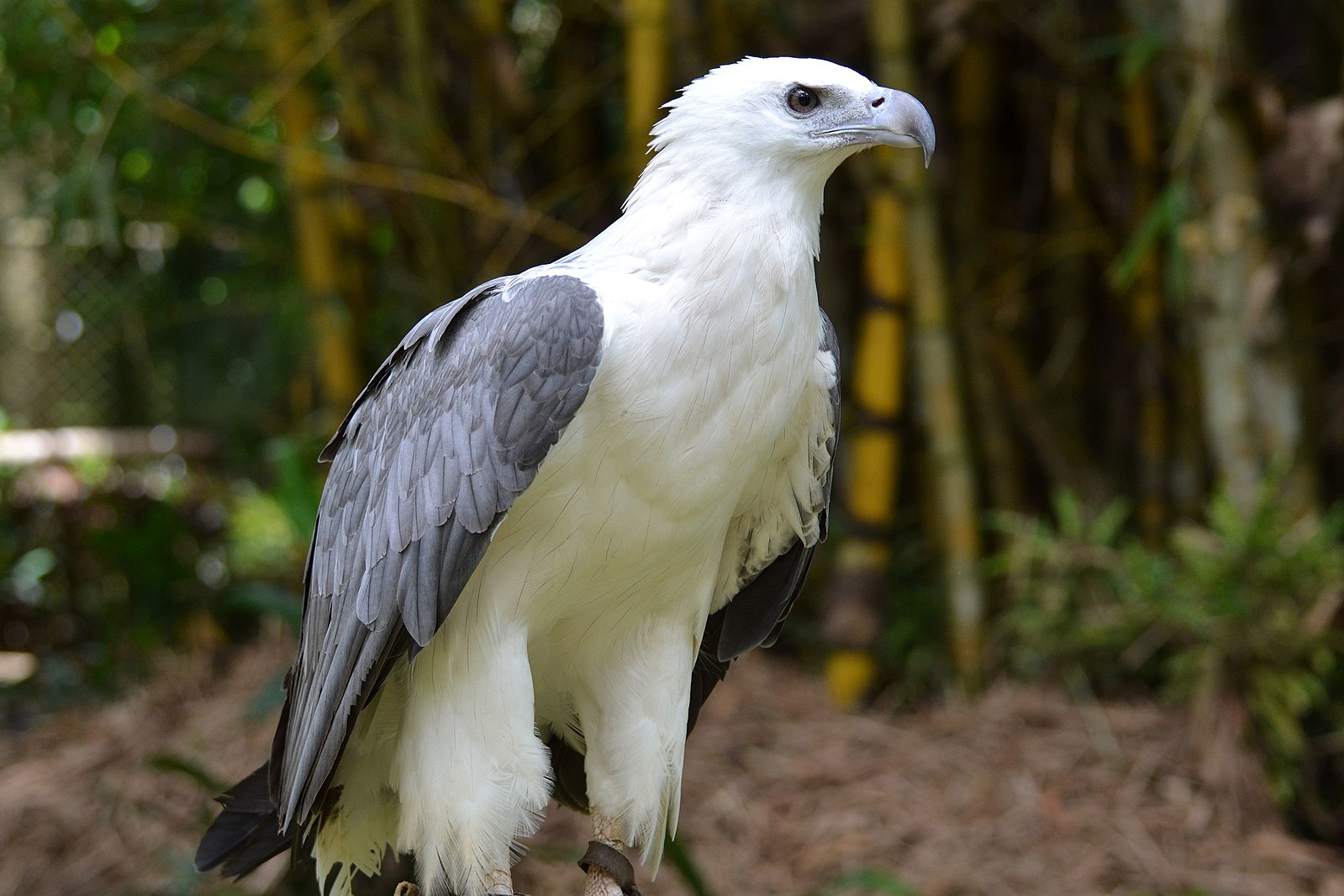White-bellied sea eagles (Haliaeetus leucogaster) are large diurnal birds of prey known for their distinctive appearance and powerful hunting skills. They are found in coastal areas, islands, and estuaries, as well as in large inland water bodies, lakes, rivers, and wetlands throughout southern Asia, Southeast Asia, New Guinea, the Bismarck Archipelago, and Australia. One of the defining characteristics of white-bellied sea eagles is their loud, goose-like honking call, which is particularly prominent during the breeding season.
The Distinctive Call of the White-Bellied Sea Eagle
White-bellied sea eagles are known for their loud, honking calls that can be heard from a distance. These birds often vocalize in the following ways:
-
Honking Calls: Pairs of white-bellied sea eagles frequently honk in unison, with the male’s call being higher-pitched and more rapid than the female’s. These honking calls can be heard for some time when the birds are perched.
-
Croaking Sounds: White-bellied sea eagles also make croaking sounds when they are alarmed or disturbed.
-
Courtship Vocalizations: Vocalizations play a key role in the courtship and breeding behavior of white-bellied sea eagles, helping to attract mates and maintain pair bonds.
The loud, distinctive calls of the white-bellied sea eagle serve various purposes, such as communication, territorial defense, and courtship. These vocalizations are an integral part of the species’ behavior and ecology.
Hunting Strategies and Prey of the White-Bellied Sea Eagle
 Image source: bellied sea eagle by shankar s
Image source: bellied sea eagle by shankar s
White-bellied sea eagles are skilled predators that primarily target aquatic animals as their prey. Their diet consists of:
- Fish
- Eels
- Crustaceans
- Turtles
- Sea-snakes
- Birds, including gulls, waterfowl, and young herons
These birds have sharp senses of sight, allowing them to spot prey from large distances. They have also been known to steal food items from other birds of prey.
Physical Characteristics of the White-Bellied Sea Eagle
Adult white-bellied sea eagles have a distinctive appearance, with the following features:
- White head, rump, and underparts
- Dark or slate-grey back and wings
- Large, hooked bill that is leaden blue-grey with a darker tip
- Dark brown irides (eyes)
- Yellow or grey legs and feet with long black talons (claws)
Juvenile white-bellied sea eagles, on the other hand, have predominantly brown plumage with pale cream-streaked areas on their head, neck, nape, and rump. The plumage gradually becomes more infiltrated with white until the bird acquires the complete adult plumage by the fourth or fifth year.
Territorial Behavior and Dispersal of White-Bellied Sea Eagles
White-bellied sea eagles exhibit the following territorial and dispersal patterns:
- Some birds form permanent pairs that inhabit territories throughout the year, while others are more nomadic.
- Immature white-bellied sea eagles are generally dispersive, with many moving over 50 km (31 mi) away from the area where they were raised.
The territorial behavior and dispersal patterns of white-bellied sea eagles play a crucial role in their ecology and population dynamics.
In conclusion, the white-bellied sea eagle is a remarkable bird of prey known for its distinctive honking calls, hunting strategies, and physical characteristics. These impressive raptors are an integral part of the coastal and wetland ecosystems they inhabit, and their vocalizations and behaviors are a fascinating aspect of their natural history.

